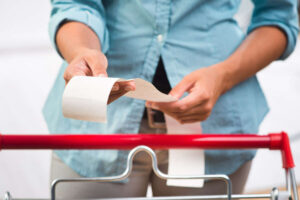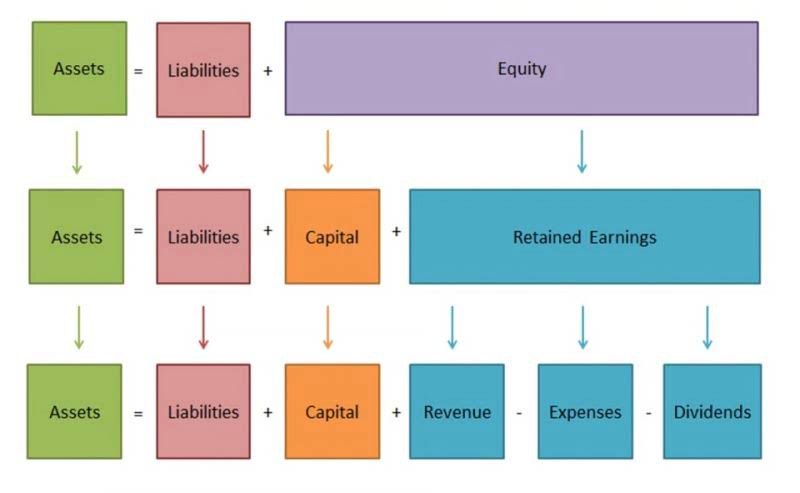
These systems include financial software and point of sale (POS) systems to help you quickly organize inventory counts and execute transactions. Financial statements, such as a restaurant balance sheet, are vital in keeping a pulse on the financial health of your business. So let’s explore this and other important reports you’ll need to make intelligent, data-driven decisions. On the other hand, a restaurant balance sheet template provides you with an immediate snapshot of your current and projected financial situation.
Bring Balance To Your Restaurant’s Finances

However, oftentimes restaurant owners and managers tend to overlook the most important side of running a business – the financials. As a restaurant owner, you have to look after and keep track of every aspect of your operations – staff, raw materials, customer service, sales volume, and more. After downloading the balance sheet template, simply open the spreadsheet in the program of your choice and begin plugging in the appropriate numbers.
- You’ll see an example of a pub’s financial information for reference.
- Here are some tips to help you avoid mistakes and get the most out of your balance sheet.
- You can receive the cash up front when you sell the gift card and only incur the food cost and labor cost when the gift card is redeemed (if it is redeemed at all).
- The next step is to set up your chart of accounts to categorize the money flowing in and out of your business.
- Of course, regularly adding up those numbers can take time, which is why a simple balance sheet template can be your secret weapon.
- Liabilities refer to any external debts, and understanding them is vital for managing the financial health of your restaurant.
To Summarize Your Business’ Financial Health
Together these financial statements provide a holistic view of a restaurant’s performance and help restaurant owners in making informed decisions. It’s a crucial tool for planning and making sure your restaurant can keep cooking and serving. Fixed assets are the heavy-duty pots and pans, the long-lasting equipment that keeps the hospitality heart beating, from the ovens to the dining tables. Understanding your restaurant’s financial performance with a P&L statement is important when it comes to optimising your restaurants operating expenses, but it doesn’t always tell the whole story. A restaurant balance sheet is a statement that lists your business assets, liabilities (debt), and equity at a given point in time.

Income vs profit and loss statements
- Luckily, most modern POS systems, like Lightspeed, have powerful in-built reporting tools that can quickly drill down into your numbers so you can access detailed and easy to read reports.
- For instance, increased debt could mean there is more cash as you have taken a loan from somewhere, and decreased debt can mean less cash as you have paid off a liability.
- However, oftentimes restaurant owners and managers tend to overlook the most important side of running a business – the financials.
- You can choose between cash basis accounting and accrual accounting depending on your profit amounts.
- While it might seem like a lengthy process, once you’ve got your templates set up, updating them (with a little help from POS reports) should be relatively hassle free.
- By listing your assets, liabilities, and equity, you can quickly assess whether your business is in a strong financial position or if there are areas that need improvement.
This would include things like furniture, kitchen equipment and any land or property you may own. To really drill down into your P&L statement it’s helpful to break down each section even further – such as expenses into labour costs, rent and utilities. This will allow you to understand which areas of the business are costing the most and what needs to be optimised. Adam is the co-founder of ProjectionHub which is a SaaS web application that helps entrepreneurs create financial projections for their business. Since 2012, over 40,000 entrepreneurs from around the world have used ProjectionHub to help create financial projections.
- Download this free balance sheet template to track your restaurant’s assets, liabilities, and equity.
- On the other hand, your fixed assets are items that are intended for long-term use and cannot easily be converted into cash.
- Katherine is the Content Marketing Manager at TouchBistro, where she writes about trending topics in food and restaurants.
- When you use Taxfyle, you’re guaranteed an affordable, licensed Professional.
- Balancing these numbers shows the true financial health of your business and helps you make informed decisions for your restaurant’s future.
- The right tools and partners in place make it easier to focus on building great customer relationships to keep your restaurant running for years to come.
Current assets, also known as liquid assets, are those that can be quickly and easily converted into cash. For example, your current liquor inventory and the funds in your bank account. Having a structure to follow can help you build reports that reflect your company’s https://www.bookstime.com/ net worth at any time. Plus, an easy-to-use-form with pre-populated categories should make it easier to fill out. Two of the best ways to increase your profits are to teach your bartenders how to upsell and by investing in a perpetual inventory system like BinWise Pro.
Learn How Industry Leaders Succeed With R365

In contrast, long-term liabilities are any external financial obligations your restaurant is responsible for more than 12 months from now. Though long term-liabilities aren’t very common in restaurants, this can how to do bookkeeping for a restaurant include capital leases, long-term rent agreements, or even deferred income tax. At its most basic level, your P&L reflects costs (expenses) that are subtracted from restaurant sales and the cost of goods sold.
The cost of preparing the item on the menu is divided by the total revenue from the item. Monitor your cash flow, which refers to the amount of cash coming in versus the amount of cash going out of your business on a daily, weekly, and monthly basis. Restaurant accounting is the system of recording, analyzing, and interpreting financial data for a restaurant. If the cash receipts are greater than the payments, then there is a positive cash flow, which means that your restaurant has earned more money than it has spent. Each section is broken down into more parts depending on the restaurant’s operations.
- Once integrated, the software can automate the collection and categorization of your financial transactions.
- Long term liabilities aren’t that common in restaurants as they refer to long term financial obligations like capital leases, long term rent agreements or deferred income tax.
- By breaking down each section even further, you can make better plans.
- In short, a balance sheet for restaurants is a straightforward tool that tells you where your restaurant stands financially.
- Keeping these books for your restaurant straight, current, and accurate is crucial to the financial success of your business.
- You can also get deeper financial insights from your POS by integrating your POS system with Eat App.